Every year at the beginning of the season, or rather, even long before it began, gardeners and gardeners pick up the varieties of tomatoes they wish to plant this year. Someone likes the lowest varieties, someone - tall. Someone wants to collect all the harvest at once and recycled, and someone wants to constantly be with tomatoes during the season. And, in the end, an important meaning is the size of the fruit, since for the preparation of conservation with solid fruits, they must be a certain size, but large, juicy tomatoes are perfect for the preparation of tomato juice, leco, all sorts of sauces.
Tomato de Barao: variety description
Tomato de Barao - a grade of tall tomato, distinguished by high yield and resistance to disease.
Characteristics of Tomato de Barao:
- The height of the bush reaches 2-3 m, depending on the species, the stem is powerful, well-limiting. Fruits are formed by 8-10 pcs on the brush.
- The variety of medium-bed or late, the duration of fruiting is 3 months, before frosts.
- High yields, with proper care from one bush, you can get from 4 to 10 kg of tomatoes.
- The fetus and the fruit transportability is high. Disabled tomatoes collected in front of frosts arched in warmth.
- Plants are well developed not only in the sun, but also in the shade.
- Spitofluorosis high resistance.
Tomato de Barao: seedlings
Like many other types of tomato, the cultivation of Tomato de Barao begins with the cultivation of seedlings. For this, pre-prepare containers with the soil. In the bottom of the tanks, drainage holes should be provided. First, the layer of clay or sand is poured, then fill the tank with the soil. The soil is sold ready, for seedlings, or prepared independently of peat and the turf.
The seeds of Tomato de Barao sow to the surface of the pre-moist soil, sprinkle with humus or earth. Capacity is covered with a film for the formation of a greenhouse effect, so seeds will be faster. Temperature for germination of seeds - + 18-20 ° C. Sowing time is the first decade of March.
If the seeds are purchased in a packaged form, they do not require additional processing. If the seeds are assembled from their bed, they are pre-kept in a solution of manganese. Alone prepared soil for seedlings are also treated, watering it with a solution of manganese and vocabulary.
The film periodically raises and venture the crops so that they do not prohibit. After the seeds proceed, remove the film. So that seedlings are not pulled out, they organize additional lighting for the extension of the daylight. After the appearance of several real leaves, they have been picing, and continue to grow seedlings in the room until May.
Watering is moderate, when overflow water is stirred, and seedlings sick. For the prevention of the disease with a black leg, the surface of the soil is covered with crooked river sand.
In early May, the hardening is carried out, for this, young tomatoes are carried out in a cooler room with a temperature of + 15 ° C, for example, on a veranda, balcony or greenhouse. In the warm time of the day, the greenhouse is opened for ventilation.
Tomato de Barao: landing in open ground
Crichet for seedlings are preparing preliminarily, it is better to do this in the fall. In the soil they make humus, wood ashes, and dripped. Planting seedlings to open ground produced in 2-3 decades of May, at this time the earth is already enough fundamental and the risk of return freezers is minimal. The disembarkation time depends on the geographical location of the area and the temperature conditions of a particular year. The temperature at night should not fall below 10 ° C, with such a decrease in seedlings suspends growth and sick. In the cool nights, plants organize shelters using a film or agrofiber.
Since Tomato de Barao is growing very high, the distance between the bushes is left 80-100 cm, and between the rows - up to 120 cm. The day for planting seedlings choose cloudy, or plant in the evening. Tomatoes are very well accepted, survival rate up to 100%. Pre-seedlings are prepared: from each plant breaks 1-2 tiers of the lower leaves to unload the plant during stress from transplant.
The pits are pre-digging, well loose ground so that the part of the fossa is filled with soft soil. Depth depends on the size of the plant. The hole is abundantly poured with water, give water to absorb a little, install a seedling vertically into the resulting liquid soil, and the ground is neatly falling asleep. The seedling is plugged to the leaves, it will allow him to grow on the stem counterpart with which it will eat. Near the seedling form a veil for a comfortable watering.
The day after landing, some seedlings are fading. If you pull it lightly, or to dig such a seedling, it turns out that his stem is separated from the root of pest. This is the work of the Medveda. To provide such raids, when planting seedlings between rows with tomatoes, the groove rotate the grooves, lay the bait for bear, and cheer. It will distract pests from plantings and help reduce their number.
For better rooting, seedlings are covered by a couple of days by white agrofiber. Watering first need warm water, for example, heated in the sun. The first irrigation is produced a week after landing, in the case of hot weather, they are watered before.
Tomato de Barao: Growing
Since the grade is tall, it requires an extra support. When landing next to the plant, a rather high rack is clogged or clogged, so that when the tomato starts stretching up, it was something to be tied up. It is better to do it right away, then not to damage the root system of the plant.
To simplify the task, the cucumber grid or taperars are used for the garter, in which case the support is installed not from each bush, and only two into several bushes, and the grid or wire is stretched between them. Tomato de Barao is planted and in absolutely for this not intended places - at the fence, near the trunks of trees, in general, where it will be possible to suspend the plant, consolidating its vertical position.
Tomato de Barao - a tall, strong, yield grade, but with insufficient watering, it will not be possible to get a lot of fruits. A developed root plant of the plant is able to absorb a lot of moisture, watering plants at the rate of 2-3 buckets on a bush every 4 days. Watering of tomatoes produced under the root, the injection of water and the leaves will lead to the cracking of the fruit and create favorable conditions for diseases.
A bush during growth is formed in 1 or 2 stems, all steps are regularly removed. The lower leaves from the bush are broken, all the filings, yellowed - too.
During the pouring period of fruit, the de Barao grade is fed with a aqueous solution of a cowboat or chicken litter. For the preparation of a solution of manure or litter is divorced to a liquid state and insist for 3 days. Then the resulting alien is bred by water, the dung alone is divorced in the proportion of 1:10, the infusion of litter - 1:20. For the season spend 3 feeders with an interval of 10-12 days.
The bush is constantly growing and forms all new and new tomato brushes. With good care, fruiting lasts before frosts. In mid-August, it produces the latter, jerks off the tops of the branches and remove flowers and brushes, which are just beginning to be tie. It will help to ripen brushes with previously formed tomatoes faster. In order to preserve the last misunderstanding fruits, the brushes are cut and hang them indoors. Tomatoes on the brushes gradually rely, it allows you to have your own vegetables until November.
Diseases and pests
The most dangerous disease of all tomatoes is phytoofluorosis, and despite the fact that the de Barao variety is resistant to this disease, during the period of long rains and reduced temperatures when growing in the open ground, it is difficult to protect the plant from attack. The disease first striking the leaves, then the fruits, and in the end the plant is dying.
If Tomato de Barao is ill, then later than other varieties, and the disease is not so fast. Under adverse weather conditions, prophylactic spraying with phytoofluorosis preparations. Of the folk remedies in the fight against the disease, the infusion of garlic is used. The affected leaves, stems and fruits are removed and burned.
Tomatoes are sick with such fungal diseases like white spottedness, gray rot. When signs of illness are found, all damaged parts are removed, the plants are treated with drugs against fungal diseases, withstanding the waiting time on the instructions. The intact fruits of brown and white ripeness are removed from the bush to the ripening, after that the plant is processed. Highly affected plants are completely destroyed.
With a shortage in the calcium soil and insufficient watering, the de Barao tomato is sick with a vertex rot. To reduce the harm, the calcium-containing fertilizers is carried out, increase the volume of watering, and treated with diseases of wood ash.
From pests on tomatoes there is a white bar, slugs, a web tick, a nobility, a wire. If the fruits have not yet started, the plants are treated with special means to combat pests. If insecticides are issued problematic due to the rapid ripening of the harvest, non-toxic plant protection products are used. For many insects, the obstacle will be ash and tobacco dust, covering the plant and the Earth near him. From the mucus of the earth sprinkled with ground bitter pepper at the rate of 1 tsp. per 1 m². From the Medveda and the Wireplace lay a special poisonous bait in the aisle.
Tomato de Barao: photo
At the variety of Tomata de Barao, there are so many species that it is not difficult to choose a perfect version for yourself. There are views with red, yellow, orange, pink, black fruit, the largest varieties - de Barao Tsarsky, de Barao giant.
De Barao Red - Medium Sold . Maturation time: 120-130 days. Fruits pink, plum-shaped, weighing up to 90 grams. Well suitable for canning.
De Barao Golden - medium-bed variety. Ripening time 110-125 days. Fruits of a plum-shaped, with dense skin, yellow. Mass of the fetus from 70 to 100 grams, flavoring qualities are excellent. Grown in shelter and in open ground. Use fresh and for canning as a whole.
De Barao Black - Lovely Sorts, grown both in film shelters and in the open soil. Maturation term - 115-120 days. Fruits of cherry-black color, sweetish taste.
De Barao Pink - Mid-Lariest Sort. Maturation time - 110-120 days after germination. The color of fruit pink, the taste of the dessert, is well suited for consumption in the fresh form.
De Barao Giant - Late Veterior Sort. The best results show when growing in a greenhouse. Maturation period - 125 days. The fruits are dense, weighing from 70 to 190 grams, a plum-shaped. Fruit red color with green speck at base. Phytoofluorosis practically does not hurt under the condition of proper agricultural engineering. Taste quality excellent. Fruits are detail for solid canning.
De Barao Tsarsky - Mid-line variety, bushes powerful, stripped. Fruits dense, beautiful, oval shape with a beautiful spout, a mass of 100-120 grams. Resistant to bad weather, diseases.
Tomatoes de Barao are universal in use, excellent flavoring qualities allow them to be used in food with raw, size and density of fruits most of the species are great for canning as a whole. The high yield of the grade allows you to grow a good yield of tomatoes on a small site, and in the absence of free space, the harvest can be obtained even in the shade.

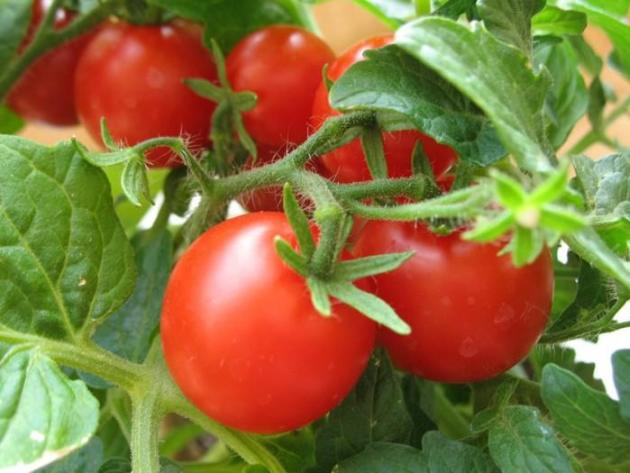
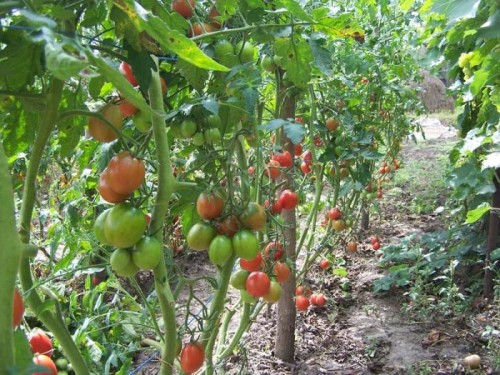
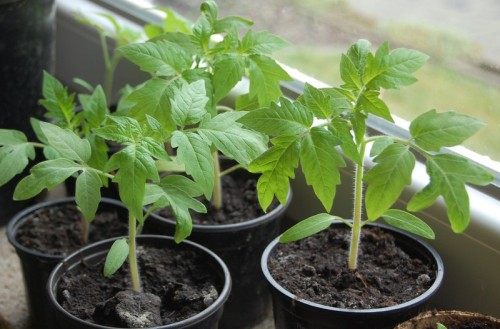
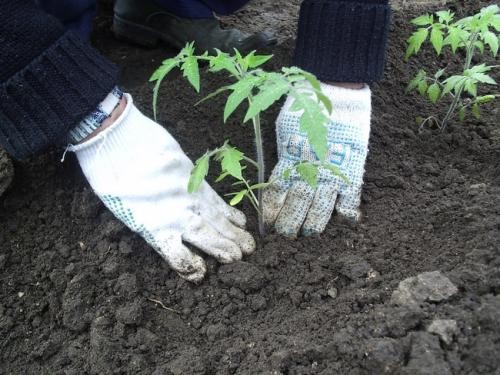
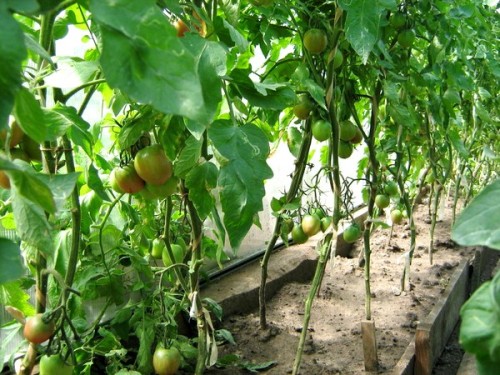
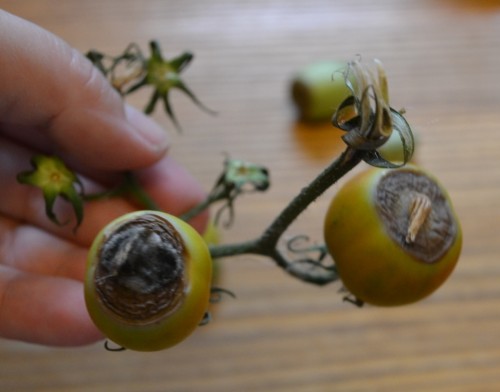
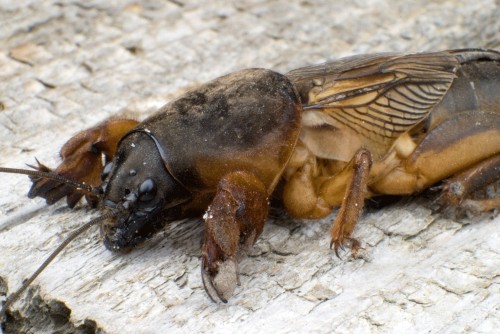
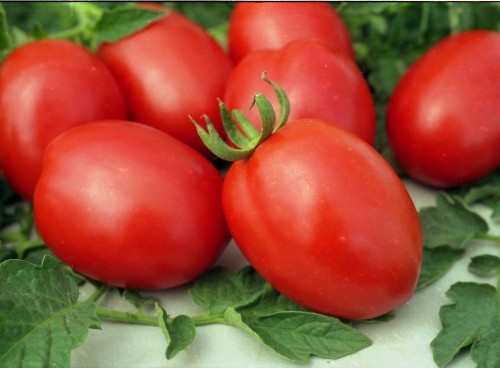
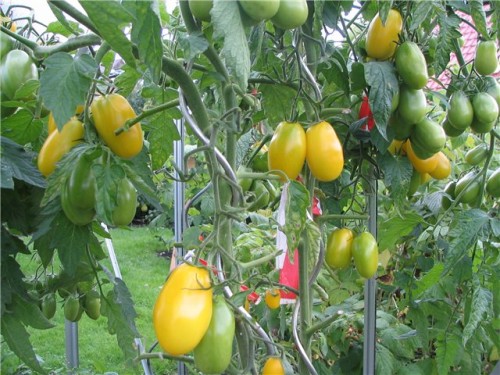
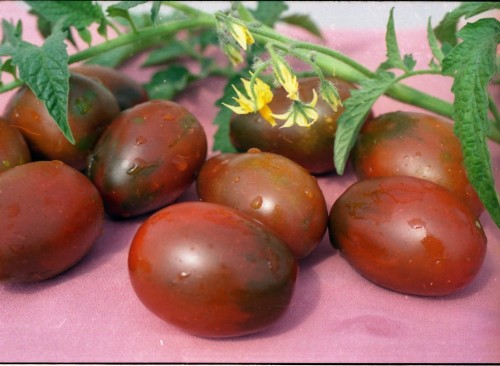
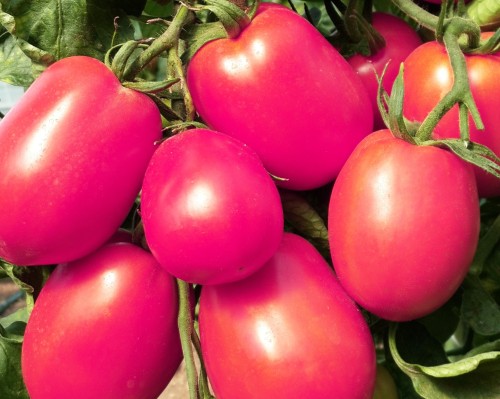
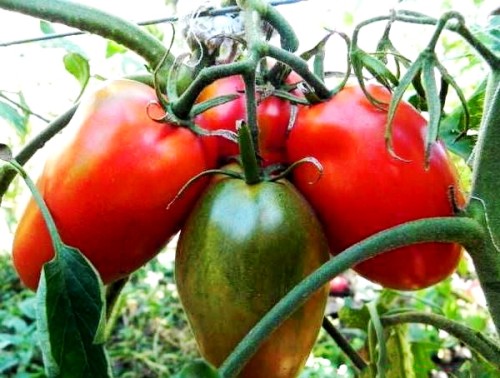
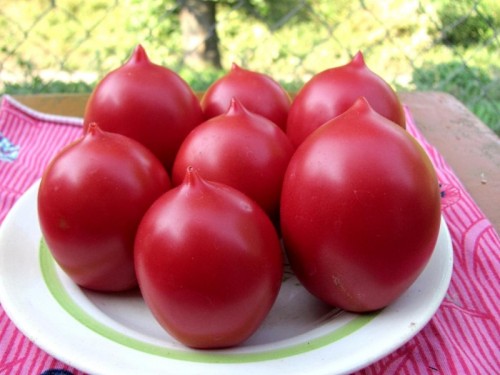




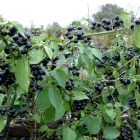
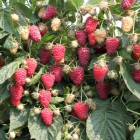
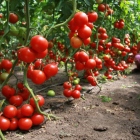
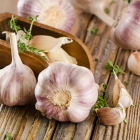
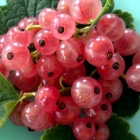
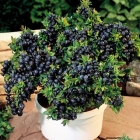
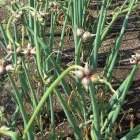
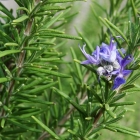
 Start a discussion ...
Start a discussion ...